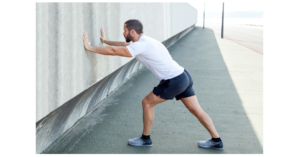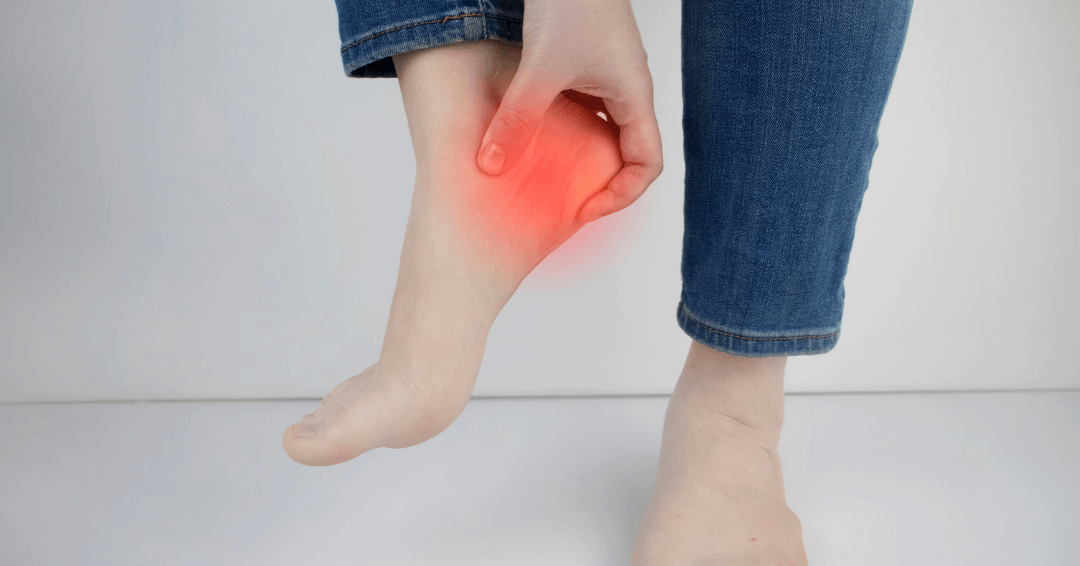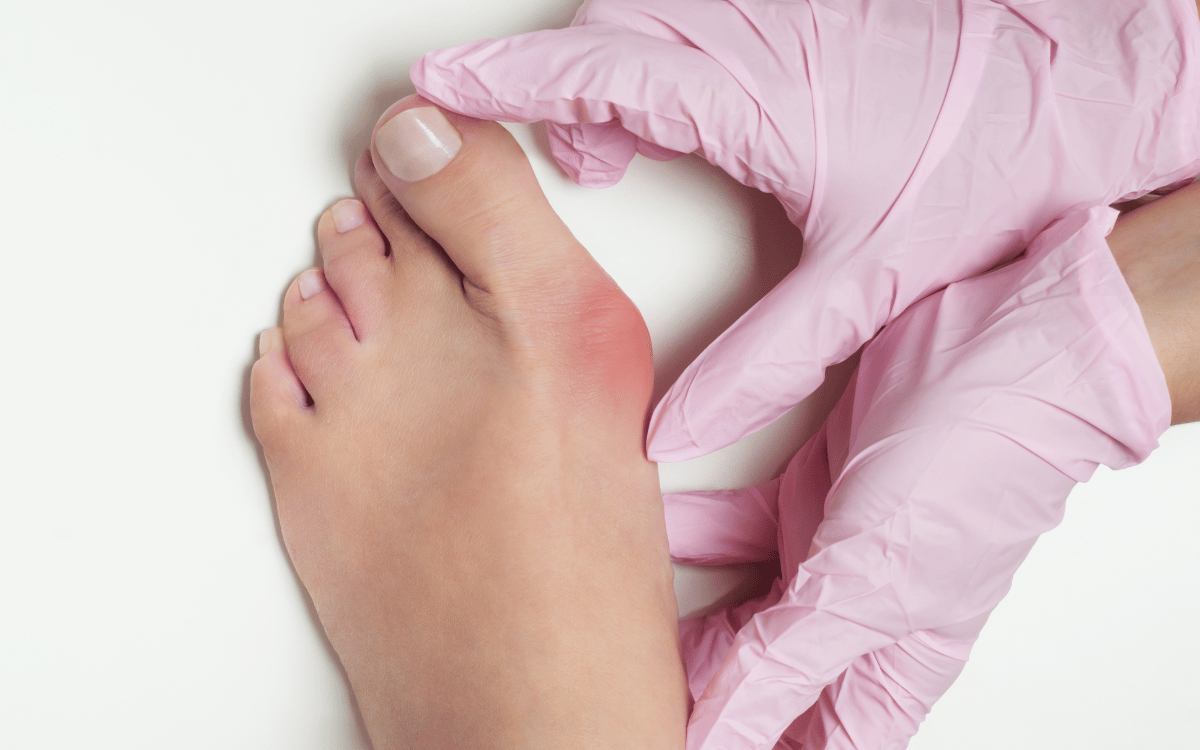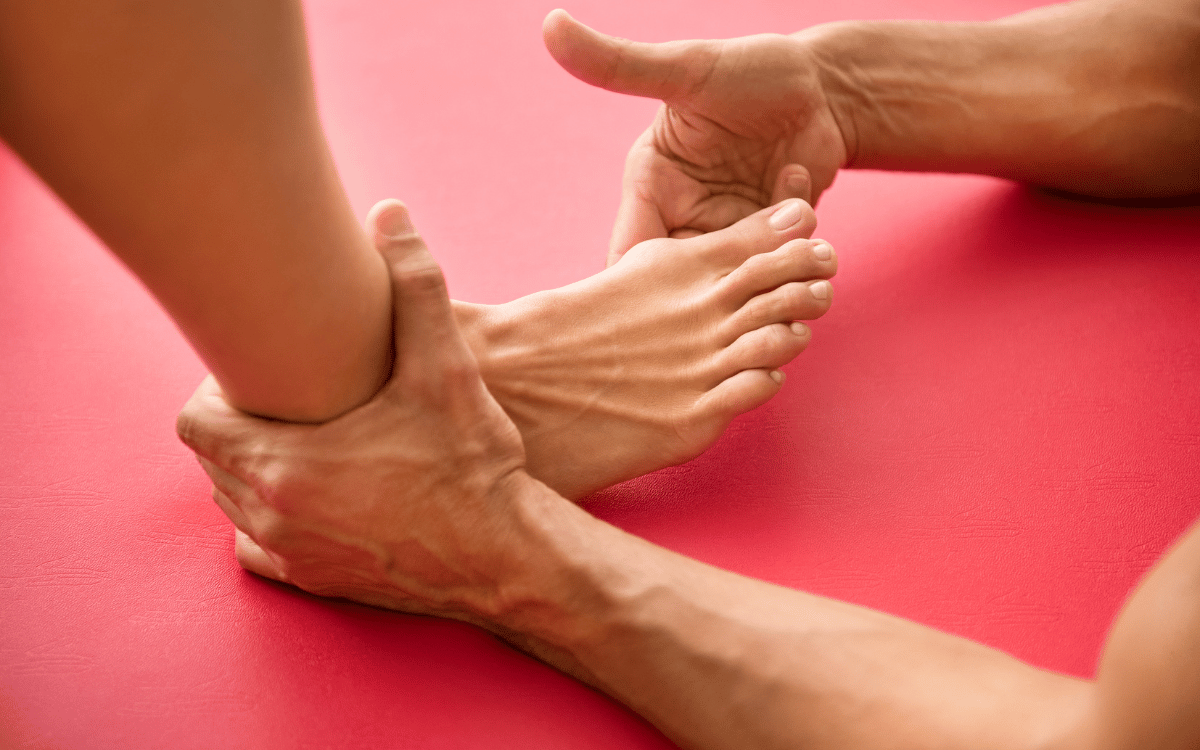Heel pain
Heel pain is commonly caused by plantar fasciitis. It is important to seek professional help to heel the pain. However, there are also some things that you can do at home to heel the pain. In this article were going to go through our top five tips to help with heel pain starting with what you can try at home and working our way up to when you may need professional help and what your options are. Also If you would like to see everything demonstrated on this blog via video click on the link below
https://www.youtube.com/watch?v=VU5gtKrCSd4
Top tips for heel pain
1. Ice bottle roll
One at-home heel pain solution is what we like to call the “ice bottle roll.” Get a frozen water bottle and roll it under your foot for about 20 minutes. The cold will help reduce any inflammation you may be experiencing. If you’re looking for heel pain relief, try the ice bottle roll! It’s a simple at-home solution that can help reduce inflammation. All you need is a frozen water bottle and about 20 minutes. Roll the ice under your foot to help heel the pain For more heel pain solutions, read on!
2. Calf stretches
Another heel pain solution is to stretch your calves. This will help reduce the tension in your heel and can be done both before and after exercise. To stretch your calves, stand with your hands against a wall and your feet about shoulder-width apart. Keeping your heel on the ground, lean forward into the wall until you feel a stretch in your calf. Hold for 30 seconds and repeat on the other side. Stretching your calves can help reduce heel pain by tension in the heel. To stretch your calves, stand with your hands against a wall and your feet about shoulder-width apart. Lean into the wall until you feel a stretch in your calf, holding for 30 seconds. Repeat on the other side.

For more heel pain solutions, read on!
3. Tennis Ball Roll
Doing this exercise first thing every morning before you stand up will help relieve the pain you feel as you take those first few steps. This exercise relieves the tension and pain in the plantar fascia and on the heel.
- Sit on the edge of a chair or the bed with the tennis ball under your toes.
- Roll the tennis ball from your toes to your heel, applying as much pressure as you can tolerate.
- Roll the ball around in small circles on your forefoot (from your toes to under the ball of your foot).
- Now roll the ball around in small circles on your arch (from the end of the ball of your foot to the beginning of your heel).
- Then roll the ball around in small circles on your heel.
- Repeat the above process on the other foot.
Do this exercise every morning first thing before you get out of bed.
4. Strengthen your arch and foot
A significant portion of your heel and plantar fascia pain is related to poor arch strength. This exercise strengthens the foot muscles and the plantar fascia, and is one of the most researched exercises I have ever seen in relation to heel pain! Give it a go:
- Stand with your feet hip-width apart, on a step with toes elevated.
- Slowly raise your heels as high as you can manage (for a minimum of 3 seconds).
- Hold at the top for 2 seconds.
- Slowly lower your heels as far as possible (take a minimum of 3 seconds to lower).
- Repeat twice daily, performing 10 repetitions.
5. Professional help
In many cases you will need help. The reality is that sometimes you just need some one who works in this area specifically. If you try these at home treatments and you don’t see any improvements after a month then you really doe need professional help. The following treatment options could be recommended:-
Orthotics
Orthotics are devices that you wear inside your shoes. They help to control the way your foot hits the ground and take some of the stress off of your heel. There are a wide variety of orthotics available on the market and it is important to find one that is comfortable for you. Talk to your podiatrist about what type of orthotic would be best for you.
Benefits of orthotics
- Quick / effective however only fit in lace up shoes
- Allow quick results
- easy and low effort just change from shoe to shoe
Disadvantages
- Have to stay in orthotic long term
- aren’t corrective – means you have to keep wearing the orthotics
- reduce the muscle strength in your foot because you are reliant on the orthotics
Foot mobilisation
Foot mobilisation is a type of treatment that involves manually moving the heel bone back into its proper position. This is often used to treat heel pain caused by heel spurs or flat feet. There are a number of different techniques that can be used for foot mobilisation. The best technique for you will depend on the cause of your heel pain. If you suffer from heel pain, plantar fasciitis, or any other foot condition, contact your doctor or podiatrist today. heel pain does not have to slow you down.
Benefits of foot mobilisation
If you would prefer to address the underlying cause of your heel pain foot mobilisation may be preferable to the other options the benefits of this are:
- improved foot and ankle range of motion
- reduced heel pain
- improved shock absorption
- improved balance and coordination.
- Keep wearing the shoes you love
- Don’t need orthotics
- Avoid the need for cortisone which is only a band aid approach anyway
- Fix the underlying cause
Benefits of our treatment for heel pain and plantar fasciitis
- No surgery
- Keep wearing a variety of shoes
- No orthotics
- Keep being active through treatment
- Cost effective
- Gentle and doesn’t hurt
- Long term beneficial
- No cortisone
- Offer laser therapy which gives strong pain relief
The reality is that in the vast majority of cases there is no need to stop walking due to heel pain as it can be effectively without stopping the things you love. If you think you might have heel pain, don’t delay in seeking treatment.
Our number is 89669300 or visit our website https://www.sydneyfootsolutions.com.au We are offering a 65% off Expert Heel pain assessment just $35. Usually fee $100. Give us a call 89669300, http://[email protected] or book in via our website NEW PATIENT OFFER




